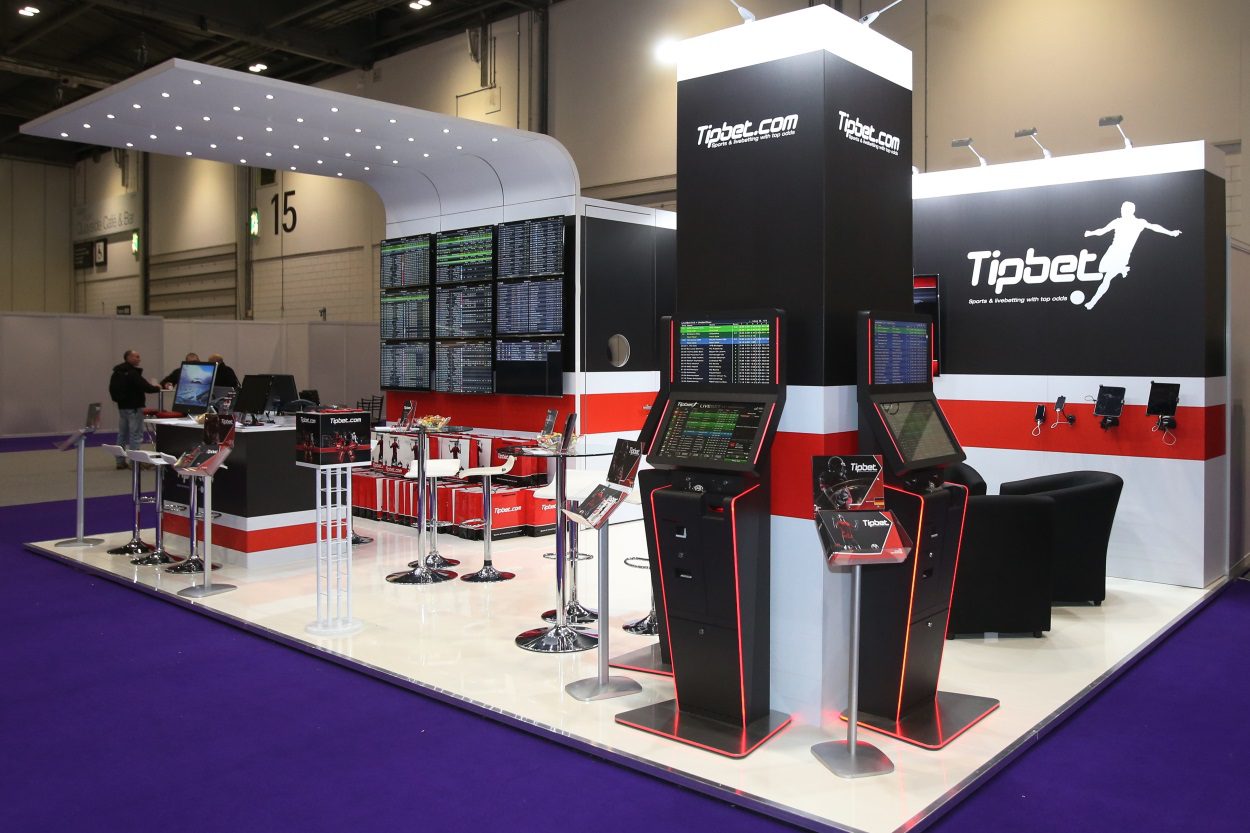For some reason, people often feel that measuring the success of an exhibition is difficult, as there are so many unquantifiables. They convince themselves that exhibitions are a different type of marketing that can’t have measured ROI, and therefore no targets are set. The way people often judge if the exhibition has been a success is through gut feel; how busy the stand was, how many brochures they gave away, whether the boss seemed happy. It’s amazing how many companies do this. They know KPIs for their website, eshots, client retention rates, quote pipelines and closing rates off the top of their heads but they insist that exhibitions just can’t be measured.
That is not the case. Exhibitions give you just as much opportunity to set and measure ROI as any other marketing activity.
Here’s a seven-step plan to ensure you can set and measure ROI for your exhibition.
1. Setting Your ROI Target
ROI is a simple equation: ROI = £ Profit Generated / £ Investment Made
To start with, you need to decide what ROI you are looking to achieve. It can become complicated if you have a long sales conversion process and you will also need to decide if you use initial order values or lifetime client value. However, you should use the same approach as for the rest of your marketing ROI statistics. Whatever elements you choose to consider, you will need to decide on a figure that represents the profit return that you require from the investment made in your exhibition. Figures will vary from company to company and industry to industry but for the purpose of this article, we’ll run an example with simple figures alongside the theory to bring the stats to life.
Example:
ROI target from exhibition of 3:1. We wish to make £3 of profit for every £1 of investment. This is set on our other marketing activity ROI rates.
If you set an ROI figure from your exhibition then you’re already in a better position than a large number of exhibitors. However, if you just scribble a figure on a notepad or a spreadsheet and don’t do any more with it then you are leaving the success of your exhibition to chance. The key to delivering an effective and successful exhibition is to use the ROI figure to work out what measurable objectives and activity targets you set your stand team.
2. Be Clear on Why You Are Attending the Exhibition
Companies use exhibitions to achieve a huge range of objectives. A study carried out by Deloitte & Touche revealed that the following are the most common reasons companies attend events, conferences, exhibitions and trade shows;
- 63% promote company capabilities and awareness
- 51% introduce new products to market
- 46% generate sales leads from new prospects
- 36% generate sales leads from existing customers
- 21% generate immediate sales orders
- 20% improve / maintain PR
Whilst this is by no means a definitive list, you can see the range of reasons that people attend an exhibition is vast, and many people attend for multiple reasons. The key when you are looking to attend an exhibition is that you are totally clear on your reason for attending. This will dictate every aspect of the stand, from the way your stand is designed to the staff you choose to work the stand. It will also ultimately dictate the objectives you set to measure the success of your event.
Example:
– Reason for attending the exhibition is to generate qualified sales leads.
3. Align Your Targeted Objectives With Your Reasons for Attending the Exhibition
The key to choosing effective objectives is to ensure that they relate directly to the reason for attending the show. Sounds obvious of course, but a number of people get it wrong. If your reason for attending the show is to generate qualified sales leads, then setting a target of scanning 200 badges or collecting 200 business cards per day won’t be effective. It has no relation to how qualified the leads are. In this example, you will need to have a method of scoring each lead once your team has spoken to them. For example, you may say that a qualified lead is anyone who has a current requirement for your product or will be actively starting the purchasing process in the next three months. This will give you a record of truly qualified sales leads, not just a list of names of people who stepped on your stand.
Other reasons for attending an exhibition can give you slightly more difficult ways of setting your objectives. If you are attending an exhibition to measure brand awareness then this may feel a challenging thing to measure. However, you can achieve this in a number of ways. You can have a simple quiz or survey on the stand, gaining feedback about people’s understanding of your brand. This can be done by asking a question during conversations, or you can let people interact with your stand without your team being involved. Visitors can record their answer to a simple question in the same way that airport security asks you to vote on your experience that day by pressing a green smiley face or a red frowning face.
Whatever the method, make sure you know what you are measuring and that it matches your reason for attending the exhibition.
Example:
– Grade A (have immediate requirement and need quote) or B (will start the purchasing process for your product within 3 months) qualified sales leads.


